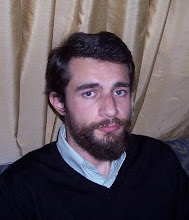To explore the extent to which functional systems within the human posterior parietal cortex and the superior temporal sulcus are involved in the perception of action, we measured cerebral metabolic activity in human subjects by positron emission tomography during the perception of simulations of biological motion with point-light displays. The experimental design involved comparisons of activity during the perception of goal-directed hand action, whole body motion, object motion, and random motion. The results demonstrated that the perception of scripts of goal-directed hand action implicates the cortex in the intraparietal sulcus and the caudal part of the superior temporal sulcus, both in the left hemisphere. By contrast, the rostrocaudal part of the right superior temporal sulcus and adjacent temporal cortex, and limbic structures such as the amygdala, are involved in the perception of signs conveyed by expressive body movements.
Eva Bonda, Michael Petrides, David Ostry, and Alan Evans
Specific Involvement of Human Parietal Systems and the Amygdala in the Perception of Biological Motion
J. Neurosci. 16: 3737-3744; doi:
http://www.jneurosci.org/cgi/content/full/16/11/3737
Subscribe to:
Post Comments (Atom)

No comments:
Post a Comment